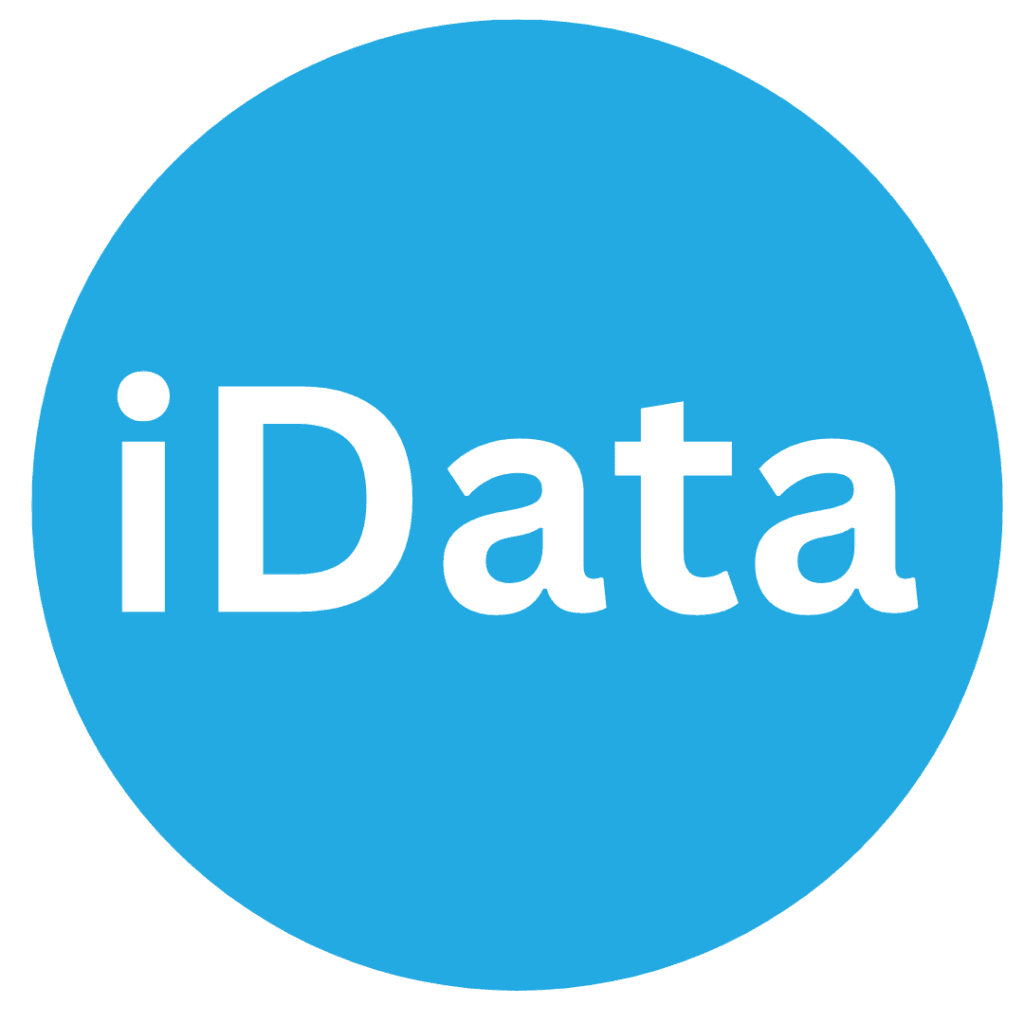HR Data analysis: What? How?

1. Introduction
Human Resource Management (HRM) has evolved significantly from administrative record-keeping to a strategic function driven by analytics. Modern organizations accumulate massive volumes of employee data—ranging from demographics and performance metrics to engagement surveys and turnover patterns. Analyzing this data enables HR professionals to extract valuable insights that guide workforce planning, talent acquisition, and employee retention strategies.
The discipline of HR analytics (also referred to as people analytics or workforce analytics) involves collecting, processing, and interpreting workforce data to make evidence-based decisions. This paper provides an in-depth exploration of HR data analysis by discussing its importance, methodologies, KPIs, and demonstrating how programming tools such as SQL and Python can be applied to real-world HR data challenges.
2. The Importance of Human Resource Data Analysis
2.1 Evidence-Based Decision-Making
Historically, HR decisions were often based on intuition or experience. HR analytics transforms this approach by grounding decisions in empirical data. For example, rather than assuming that employee turnover is due to compensation issues, data analysis can reveal that poor management or lack of career progression is the true cause.
2.2 Talent Acquisition and Retention
Analyzing recruitment data helps organizations identify the most effective hiring channels, assess candidate quality, and forecast future workforce needs. Predictive analytics can identify employees at high risk of leaving, allowing HR to take proactive retention measures.
2.3 Performance Management
HR data analysis allows for quantifying and tracking employee performance across time. Combining data from performance reviews, project outcomes, and engagement surveys enables organizations to link individual performance with overall productivity and profitability.
2.4 Diversity, Equity, and Inclusion (DEI)
Through data analysis, organizations can monitor diversity metrics and ensure equitable treatment across gender, ethnicity, and other dimensions. Analytics can reveal disparities in pay, promotion rates, or engagement levels among demographic groups.
2.5 Cost Optimization
HR analytics provides insights into the cost-effectiveness of HR initiatives, such as training programs or recruitment campaigns. It helps in calculating the return on investment (ROI) for HR interventions, optimizing budget allocation, and minimizing inefficiencies.
2.6 Strategic Workforce Planning
By forecasting talent demand and supply, HR data analysis supports long-term strategic planning. For example, trend analysis may indicate a shortage of technical talent in specific regions, prompting the HR team to adjust recruitment strategies or implement upskilling programs.
3. Analytical Methods in HR Data Analysis
A variety of analytical methods are used in HR data analysis, depending on the goals and data types.
3.1 Descriptive Analytics
Descriptive analytics focuses on summarizing historical data to understand past trends. For example, calculating the average employee tenure or the historical turnover rate provides baseline information for decision-making.
Techniques include:
- Summary statistics (mean, median, mode, standard deviation)
- Frequency distribution
- Cross-tabulation and pivot tables
- Data visualization (bar charts, heatmaps)
3.2 Diagnostic Analytics
This type identifies the reasons behind observed trends or outcomes. For example, regression analysis may determine that low engagement scores are strongly correlated with high absenteeism.
Techniques include:
- Correlation analysis
- Regression analysis
- Root cause analysis
- Hypothesis testing (t-tests, ANOVA)
3.3 Predictive Analytics
Predictive models use historical data to forecast future outcomes. For instance, machine learning models can predict which employees are most likely to leave or which candidates are likely to perform best.
Techniques include:
- Logistic regression
- Decision trees and random forests
- Support vector machines (SVM)
- Neural networks
3.4 Prescriptive Analytics
Prescriptive analytics goes beyond prediction to recommend specific actions. For example, optimization algorithms can suggest the best combination of rewards or career development interventions to reduce turnover.
Techniques include:
- Optimization modeling
- Simulation (Monte Carlo)
- Recommendation systems
3.5 Text Analytics
With the rise of employee feedback surveys and performance reviews, HR data often includes unstructured text. Text mining and sentiment analysis help quantify qualitative data.
Techniques include:
- Natural Language Processing (NLP)
- Sentiment scoring
- Topic modeling (LDA)
4. Key Performance Indicators (KPIs) in HR Analytics
Measuring HR performance requires well-defined KPIs. These indicators help evaluate the effectiveness of HR initiatives and align workforce outcomes with organizational objectives.
| Category | KPI | Description |
| Recruitment | Time to Hire | Average days from job posting to hire |
| Cost per Hire | Total hiring costs divided by number of hires | |
| Offer Acceptance Rate | Accepted offers / total offers extended | |
| Turnover & Retention | Employee Turnover Rate | (Departures ÷ Average Headcount) × 100 |
| Retention Rate | (Number remaining ÷ Initial headcount) × 100 | |
| Voluntary vs. Involuntary Turnover | Differentiates resignations from terminations | |
| Performance | Productivity per Employee | Output / Employee count |
| Goal Achievement Rate | % of employees meeting targets | |
| Learning & Development | Training ROI | (Performance improvement ÷ Training cost) |
| Average Training Hours | Total training hours ÷ Employees trained | |
| Engagement | Employee Net Promoter Score (eNPS) | % Promoters − % Detractors |
| Absenteeism Rate | (Lost workdays ÷ Total available workdays) × 100 | |
| Compensation | Pay Equity Index | Ratio of average female/male salary per role |
These KPIs allow organizations to track workforce trends, benchmark against industry standards, and identify areas needing intervention.
5. SQL Coding for HR Data Analysis
Structured Query Language (SQL) is essential for retrieving and analyzing HR data stored in relational databases. Below are some SQL examples for common HR analytics problems.
5.1 Employee Turnover Rate
— Calculate monthly employee turnover rate
SELECT
DATE_TRUNC(‘month’, termination_date) AS month,
COUNT(employee_id) AS employees_left,
(COUNT(employee_id)::float /
(SELECT COUNT(*) FROM employees WHERE status=’Active’)) * 100 AS turnover_rate
FROM employees
WHERE termination_date IS NOT NULL
GROUP BY month
ORDER BY month;
5.2 Average Time to Hire
— Calculate average days between job posting and hiring
SELECT
department,
AVG(hire_date – job_post_date) AS avg_time_to_hire
FROM recruitment
GROUP BY department
ORDER BY avg_time_to_hire;
5.3 Employee Tenure Analysis
— Average tenure of employees by department
SELECT
department,
AVG(CURRENT_DATE – hire_date) / 365 AS avg_tenure_years
FROM employees
WHERE status = ‘Active’
GROUP BY department;
5.4 Pay Equity Analysis
— Comparing average salary by gender within departments
SELECT
department,
gender,
ROUND(AVG(salary), 2) AS avg_salary
FROM employees
GROUP BY department, gender
ORDER BY department, gender;
5.5 Absenteeism Rate
— Absenteeism rate per employee
SELECT
employee_id,
SUM(days_absent) / SUM(total_workdays) * 100 AS absenteeism_rate
FROM attendance
GROUP BY employee_id;
SQL enables HR analysts to aggregate, filter, and calculate workforce statistics efficiently, serving as a foundation for advanced analytics in Python or BI tools.
6. Python for HR Data Analysis
Python is a powerful tool for data cleaning, visualization, and predictive modeling in HR analytics. The combination of libraries like pandas, matplotlib, and scikit-learn allows analysts to perform both descriptive and predictive analysis.
6.1 Data Preparation
import pandas as pd
# Load HR dataset
df = pd.read_csv(‘hr_data.csv’)
# Clean missing values
df[‘Salary’] = df[‘Salary’].fillna(df[‘Salary’].median())
# Convert dates to datetime
df[‘Hire_Date’] = pd.to_datetime(df[‘Hire_Date’])
df[‘Termination_Date’] = pd.to_datetime(df[‘Termination_Date’])
6.2 Calculating Employee Tenure
from datetime import datetime
# Calculate tenure in years
df[‘Tenure’] = ((df[‘Termination_Date’].fillna(datetime.today()) – df[‘Hire_Date’])
.dt.days / 365)
# Average tenure by department
tenure_summary = df.groupby(‘Department’)[‘Tenure’].mean().reset_index()
print(tenure_summary)
6.3 Turnover Rate Analysis
# Turnover rate by department
turnover = (df[df[‘Status’] == ‘Terminated’]
.groupby(‘Department’)[‘Employee_ID’]
.count() / df.groupby(‘Department’)[‘Employee_ID’].count()) * 100
print(turnover)
6.4 Visualizing Employee Turnover
import matplotlib.pyplot as plt
turnover.plot(kind=’bar’)
plt.title(‘Turnover Rate by Department’)
plt.ylabel(‘Turnover (%)’)
plt.xlabel(‘Department’)
plt.show()
6.5 Predictive Model: Attrition Prediction
Using logistic regression to predict employee attrition:
from sklearn.model_selection import train_test_split
from sklearn.linear_model import LogisticRegression
from sklearn.metrics import accuracy_score, confusion_matrix
# Select features and target
X = df[[‘Age’, ‘Tenure’, ‘Salary’, ‘Performance_Score’]]
y = df[‘Attrition’].map({‘Yes’: 1, ‘No’: 0})
# Train-test split
X_train, X_test, y_train, y_test = train_test_split(X, y, test_size=0.3, random_state=42)
# Train model
model = LogisticRegression(max_iter=1000)
model.fit(X_train, y_train)
# Evaluate model
y_pred = model.predict(X_test)
print(“Accuracy:”, accuracy_score(y_test, y_pred))
print(“Confusion Matrix:\n”, confusion_matrix(y_test, y_pred))
This simple model helps identify the likelihood of employee attrition based on factors such as salary, performance, and tenure.
6.6 Sentiment Analysis on Employee Feedback
from textblob import TextBlob
# Example feedback dataset
feedback = pd.DataFrame({
‘Employee_ID’: [1, 2, 3],
‘Comments’: [
“I love the work culture and flexibility.”,
“Management could communicate better.”,
“The workload is overwhelming at times.”
]
})
# Sentiment score
feedback[‘Sentiment’] = feedback[‘Comments’].apply(lambda x: TextBlob(x).sentiment.polarity)
print(feedback)
This allows HR teams to quantify qualitative feedback, identifying areas of satisfaction or concern.
7. Challenges and Ethical Considerations
Despite its benefits, HR data analysis presents several challenges:
7.1 Data Quality
Incomplete, inconsistent, or outdated data can lead to inaccurate conclusions. Implementing data governance frameworks is crucial.
7.2 Privacy and Confidentiality
HR data often includes sensitive personal information. Compliance with data protection laws (e.g., GDPR) and anonymization techniques are necessary.
7.3 Bias in Algorithms
If historical data contains bias (e.g., gender bias in promotions), predictive models may perpetuate these inequities. Continuous bias auditing is essential.
7.4 Change Management
Integrating analytics into HR decision-making requires cultural change and upskilling HR professionals in data literacy.
8. Conclusion
Human Resource Data Analysis is a cornerstone of modern strategic HRM. By leveraging data, organizations can transform human capital into a measurable and optimizable asset. Analytical methods—ranging from descriptive to predictive—enable HR departments to identify trends, diagnose issues, forecast outcomes, and prescribe actionable strategies. Key performance indicators such as turnover rate, time to hire, and engagement scores provide quantifiable measures of HR success.
SQL serves as the backbone for data extraction and aggregation, while Python offers advanced analytical and visualization capabilities. However, the successful implementation of HR analytics also requires addressing challenges related to data quality, privacy, and algorithmic bias.
As organizations continue to embrace data-driven decision-making, HR analytics will remain vital for aligning workforce capabilities with strategic business objectives, ultimately enhancing organizational resilience and competitiveness in the knowledge economy.
References
- Davenport, T. H., Harris, J. (2017). Competing on Analytics: The New Science of Winning. Harvard Business Review Press.
- Fitz-Enz, J. (2010). The New HR Analytics: Predicting the Economic Value of Your Company’s Human Capital Investments. AMACOM.
- Edwards, M. R., & Edwards, K. (2019). Predictive HR Analytics: Mastering the HR Metric. Kogan Page.
- Ulrich, D., & Dulebohn, J. H. (2015). Are we there yet? What’s next for HR? Human Resource Management Review, 25(2), 188–204.
2025-11-01 Toronto Time 3:00pm zoom: 899 1244 9617 Password: idata99










